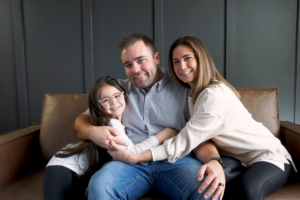What are the consequences of DVT?
After a blood clot starts to form, another series of reactions almost immediately begins to dissolve (lyse) the clot. The purpose of this process is to confine the clot to the injured area of the blood vessel, limit the size of the clot, and prevent it from growing too large.
Sometimes DVT can be completely dissolved or lysed by the body’s own natural processes. Even under these circumstances, however, the clot is likely to cause permanent damage to the vein and its valves. In fact, 5 to 30 percent of individuals who experience DVT develop a second or recurrent DVT within five years of the first episode.
Sometimes, a clot serves as a surface on which another clot forms, so that the clot continues to grow. As it increases in size, blood flow may be completely blocked within a vein. The clot may even extend into the larger vein to which the present vein is connected. In this case, circulation to a leg, arm, or other organ may be so impaired that the limb, organ, or person’s life may be threatened.
In one of every five cases, the clot (or a piece of it) breaks free and travels through progressively larger veins, through the vena cava, and through the right side of the heart, and then wedges into one of the pulmonary arteries or its branches, resulting in pulmonary embolism (PE).
As many as 900,000 Americans are hospitalized each year for DVT and its primary complication, PE. In the United States, DVT and PE account for as many as 100,000 deaths per year.
Three to four percent of all patients who experience PE suffer from chronic (persistent) obstruction of blood flow through the lungs—a condition known as chronic thromboembolic pulmonary hypertension (CTEPH).
High blood pressure in the lungs that occurs in a small percentage of patients who have had pulmonary embolism. The most common symptom is shortness of breath. This problem usually progresses but may be cured with surgery.
CTEPH involves the obstruction of this blood flow, which increases the blood pressure in the pulmonary arteries that carry blood from the right side of the heart to the lungs. CTEPH strains the right side of the heart, causing symptoms of heart failure including shortness of breath.




